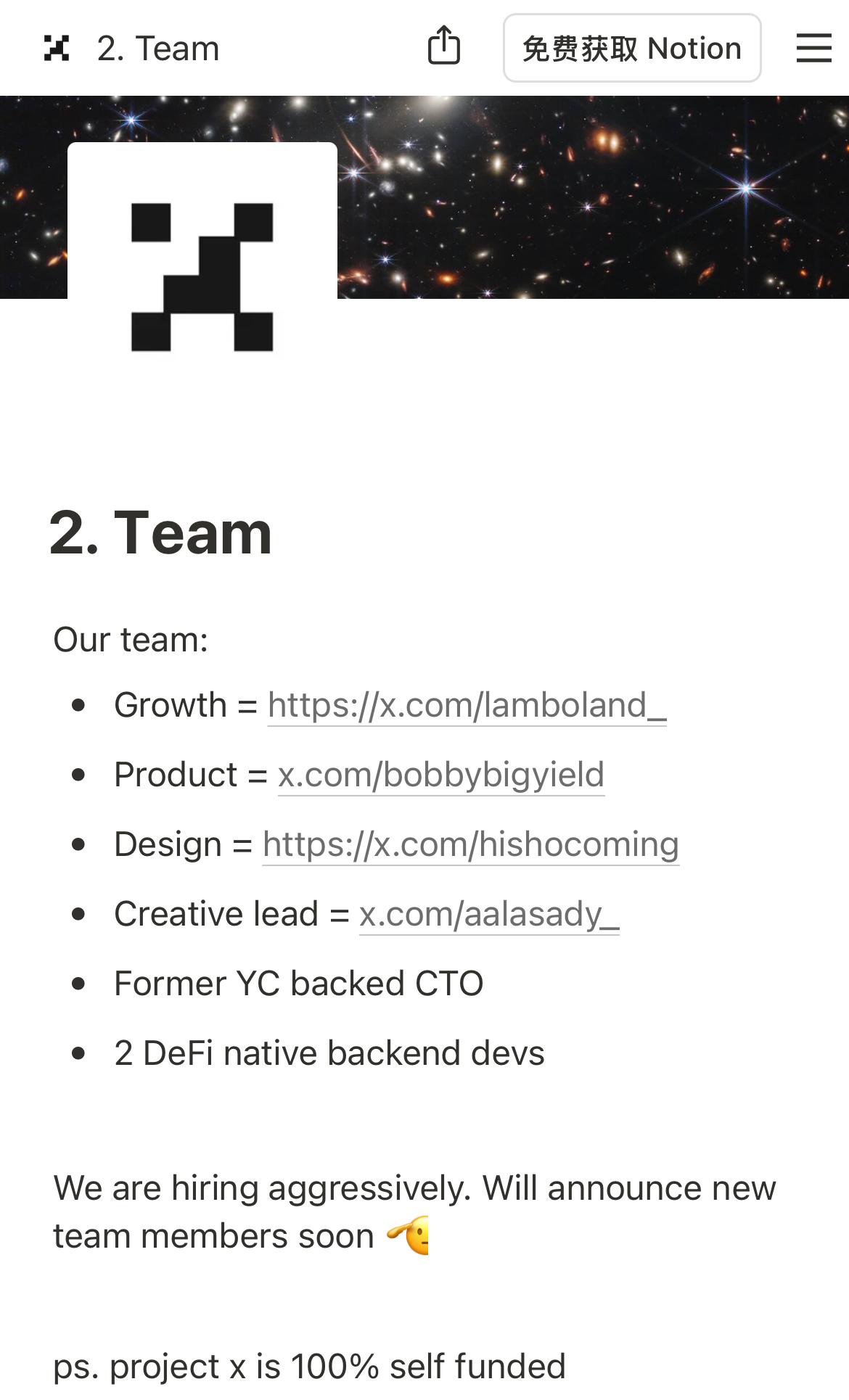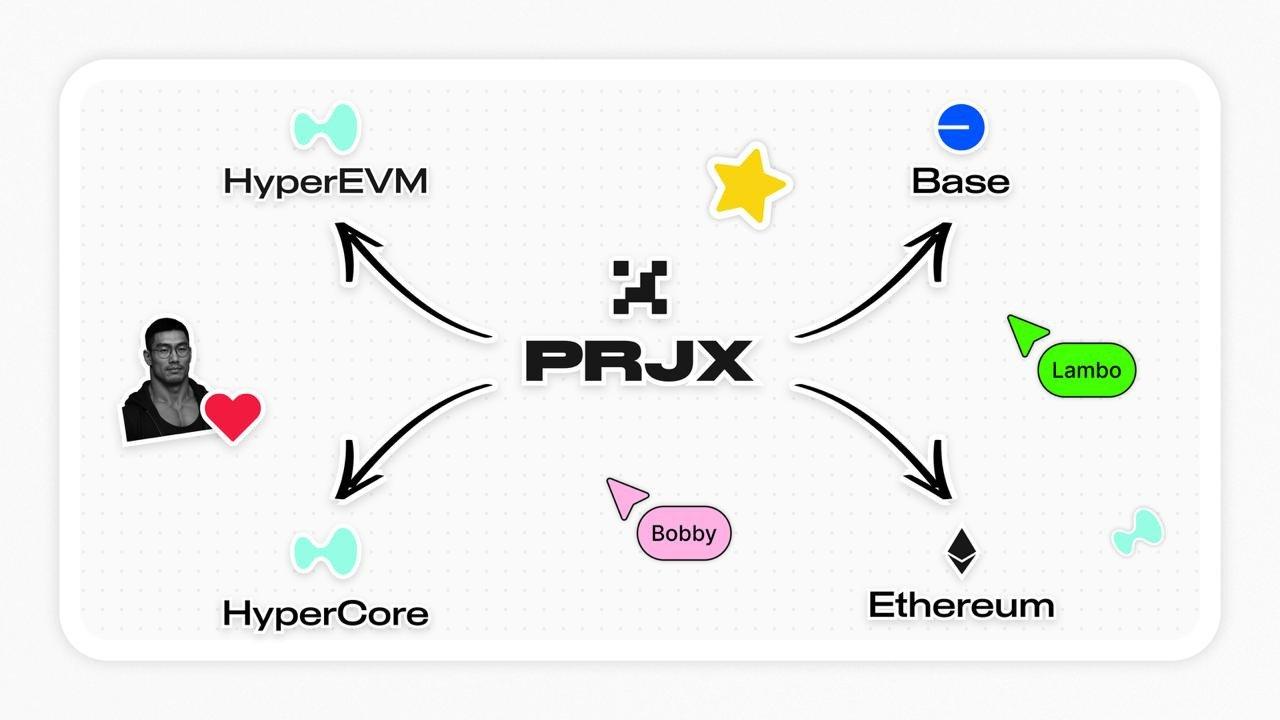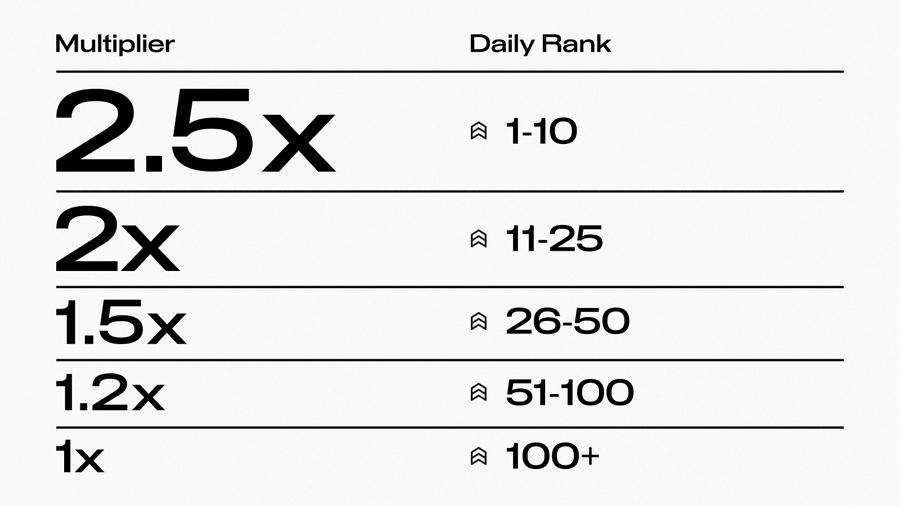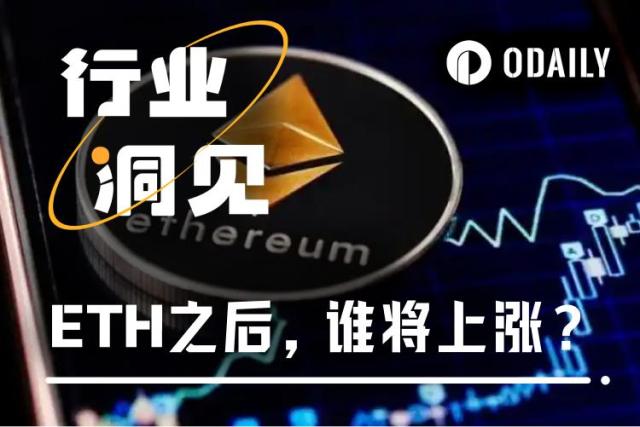TVL Reaches $40 Million in Three Days, Former Largest Market Cap Meme Founder from Blast Network Arrives at Hyperliquid's Fertile Ground.
Written by: Nicky, Foresight News
Hyperliquid, as one of the most outstanding trading platforms this cycle, has a daily trading volume exceeding $1.5 billion, occupying over 74% of Perps shares on-chain, with its native token HYPE currently ranking 12th in cryptocurrency market capitalization. Hyperliquid's ambition is not just to be a single on-chain trading platform, but to build an ecosystem network called Hyper EVM centered around itself.
Recently, a new project called Project X in the Hyper EVM ecosystem has attracted community attention, with its DEX's TVL breaking through $40 million just three days after launch. As an emerging project, Project X's ecosystem positioning and team background are worth noting.
To understand the birth of Project X, one cannot avoid its founding team's "previous work" - Pacmoon.
As a social meme project on the Blast chain, Pacmoon became a representative project in the Blast ecosystem with its "Yap mode" (driving token value through social fission and community consensus), with FDV once exceeding $200 million. However, the project's token PAC currently has an FDV of only $35,000, close to zero. This is partly due to the gradual decline of the Blast network, and partly indicates the project's fleeting nature.

According to official documents, the project founder's identity is not yet clearly defined, but the team has 7 main members, with Lamboland responsible for growth, BOBBY for product operations, hisho for product design, and Ali for creative guidance. Additionally, there's a CTO with YC background and two native DeFi backend developers.
Among the four publicly named individuals, based on published tweets, all have been involved to varying degrees in Pacmoon or Blast network construction. Lamboland and BOBBY are the founders of Pacmoon.
Now, the team has turned its focus to DeFi infrastructure: AMM DEX (Automated Market Maker Decentralized Exchange). In Project X's plan, the team hopes to break out of the "Uniswap imitation" framework by changing the competitive logic of trading platforms through "distribution mechanisms, incentive design, and user experience". As the official website states: "Technology is converging, and the next round of DeFi will be decided by how efficiently value is allocated, incentives are designed, and users are motivated to stay."

Project X adopts a phased development strategy, currently focusing on the first stage "HyperEVM DEX", which will gradually expand to "EVM Aggregator" and an undisclosed third stage, with the ultimate goal of becoming the "preferred trading platform for crypto traders".
As the current core product, it is positioned as an "Uniswap-style AMM DEX", but with differentiated design in user experience and incentive mechanisms:
- Fee Allocation: In V3 version, 86% of trading fees are directly allocated to liquidity providers (LP), with the remaining part used for protocol operations. This ratio belongs to the "high LP return" tier among similar AMMs, with the official website directly stating "to help LPs earn more on Project X";
- V2 Pool Preparation: Although V2 version is not yet launched, the team has signaled that they will further improve LP returns through more complex market-making strategies (such as dynamic fees and cross-chain liquidity aggregation).
After completing the first stage of HyperEVM DEX, the second stage "EVM Aggregator" will focus on cross-chain transaction aggregation, allowing users to access liquidity from multiple EVM chains through Project X with one click, solving the current pain point of "DEX fragmentation across chains".
Participation Method
Project X's points mechanism is currently key to activating user growth. Currently, points are the core credential for user participation in the ecosystem and may directly relate to token airdrops or ecosystem rights in the future.
The current paths for obtaining points clearly point to "user contribution":
- Liquidity Provision (LP): Users can deposit assets into HyperEVM DEX's liquidity pools (such as the currently promoted kHYPE pool), earning points based on generated trading fees. The official website especially emphasizes that "most points will flow to LPs" and point calculation is strongly related to "fee generation" - for example, a user depositing $1 million in liquidity and generating $100 in fees will earn fewer points than a user depositing $10,000 but generating $1,000 in fees;
- Trading: Users complete spot trades on the platform (paying fees) and earn points based on trade volume and frequency;
- Friend Referral: By sharing a unique invitation code, users can earn double rewards: first, earning 10% of friends' generated points as a referral bonus; second, improving friends' base point acquisition efficiency by 10% (for example, if a friend originally could get 100 points daily, after invitation they can get 110 points).
To quickly cold-start the ecosystem, Project X has set short-term incentives:
- Daily 1 Million Points Pool: In the current stage, the platform releases 1 million points daily, with all users' points coming from this pool;
- First Month Points Multiplier: In the first 30 days, users ranking in the top 100 daily points can receive a minimum 1x points multiplier reward.

It's worth noting that the project team has recently adjusted the points system UI, with current point acquisition now reflecting in real-time on the user interface. However, specific airdrop rules (such as points-to-token conversion ratio and airdrop timing) have not yet been announced and should be confirmed by official subsequent announcements.
Risk Warning

Unlike many DeFi projects relying on VC funding, Project X's funding source appears more "grassroots": the official website clearly states "100% self-funded, no VC, no angel investment, no private placement". The advantage of this model is that the team has stronger control over the project and is more inclined towards "long-termism".
However, it also comes with potential risks. The lack of external funding means the project has weaker risk resistance, and in case of extreme market conditions or smart contract vulnerabilities, it might face the dilemma of "unable to compensate user losses".






